Safer Recruitment Training Course Online
Safeguarding Everyone Level 3 Training Package
Statutory & Mandatory Training: Safeguarding Children Level 3
Safeguarding Adults Level 2 Course
Leadership & Safeguarding Training for Managers
Statutory & Mandatory Training: Safeguarding Children Level 2









